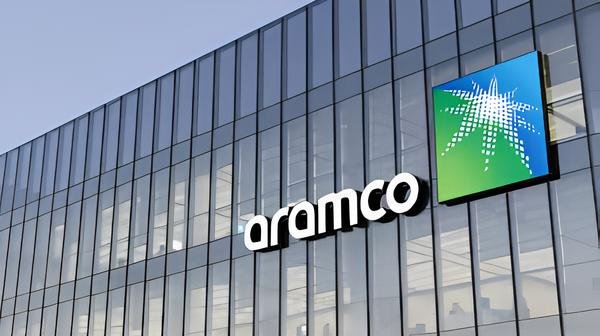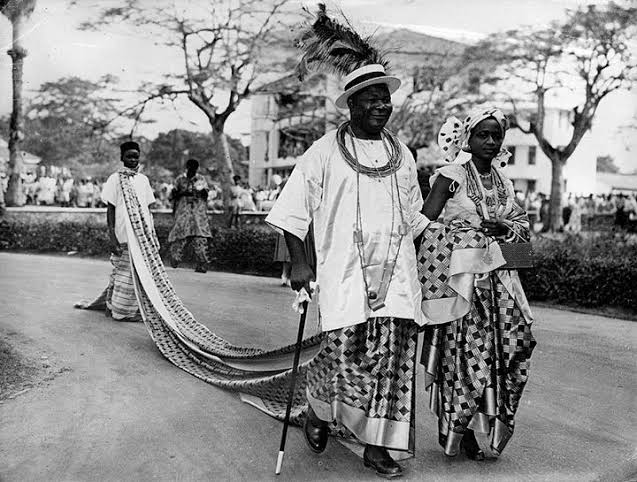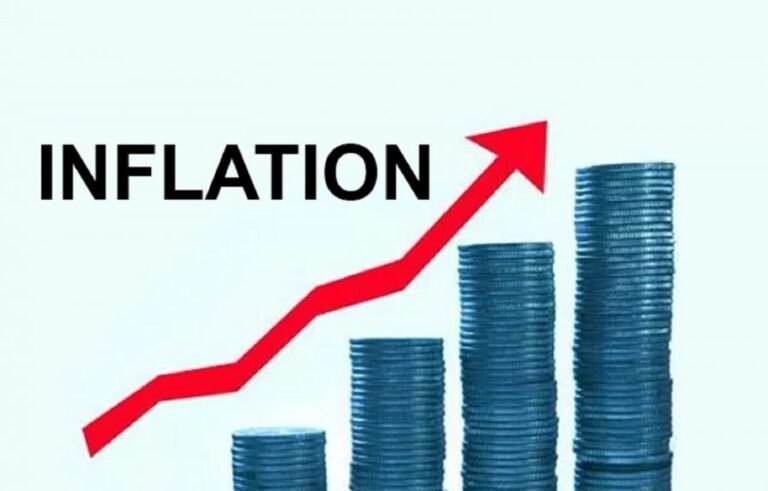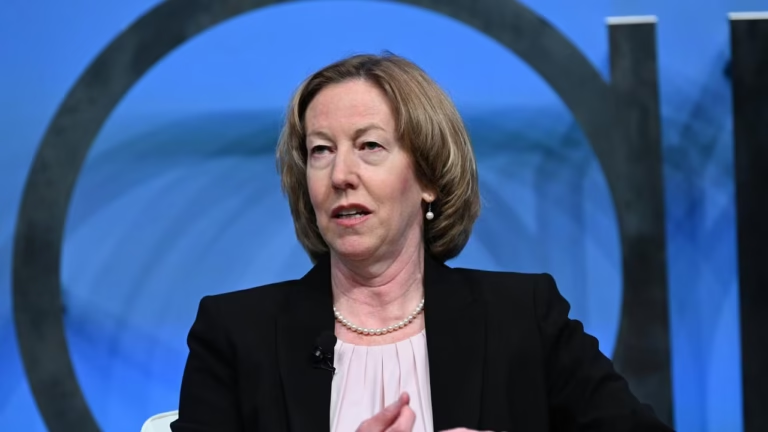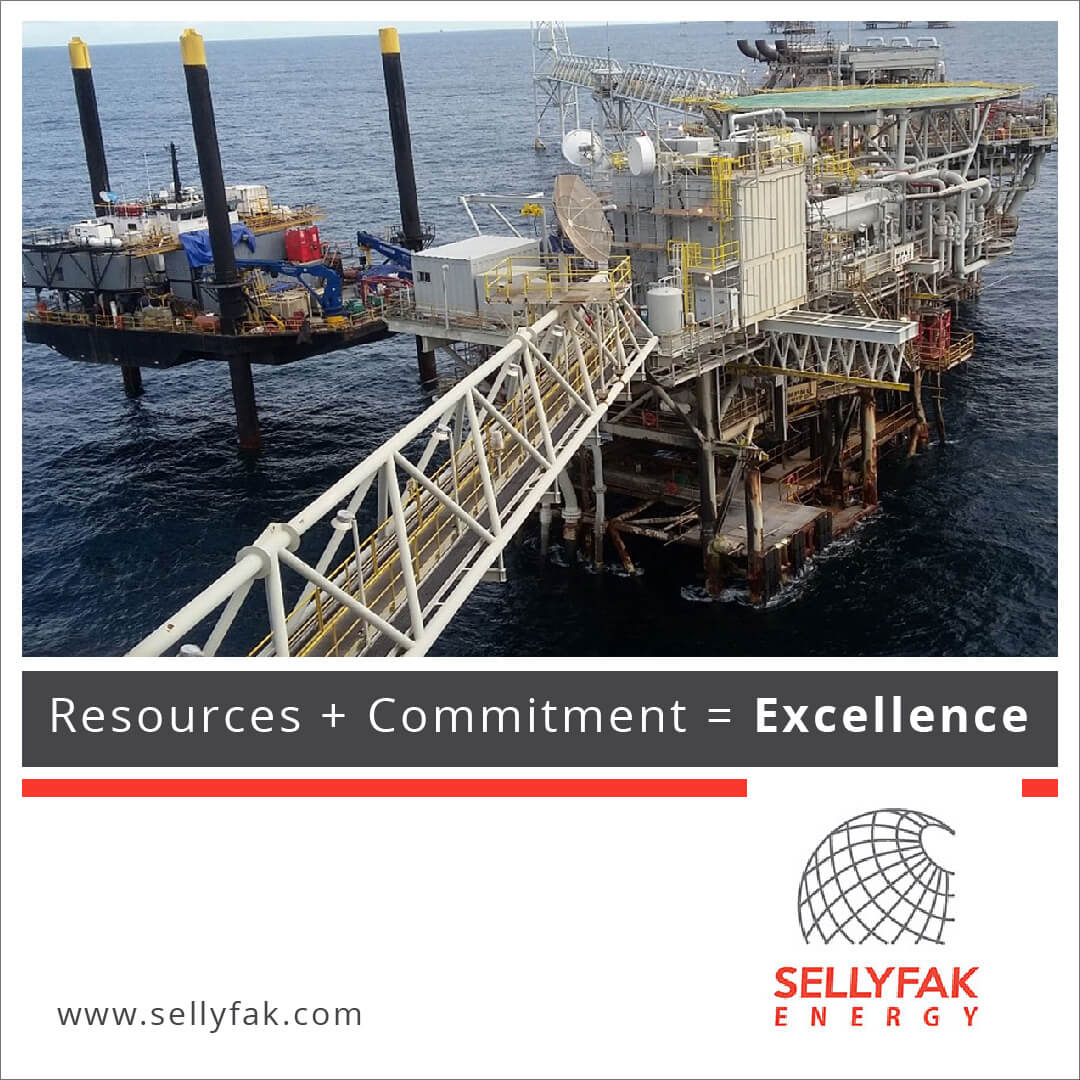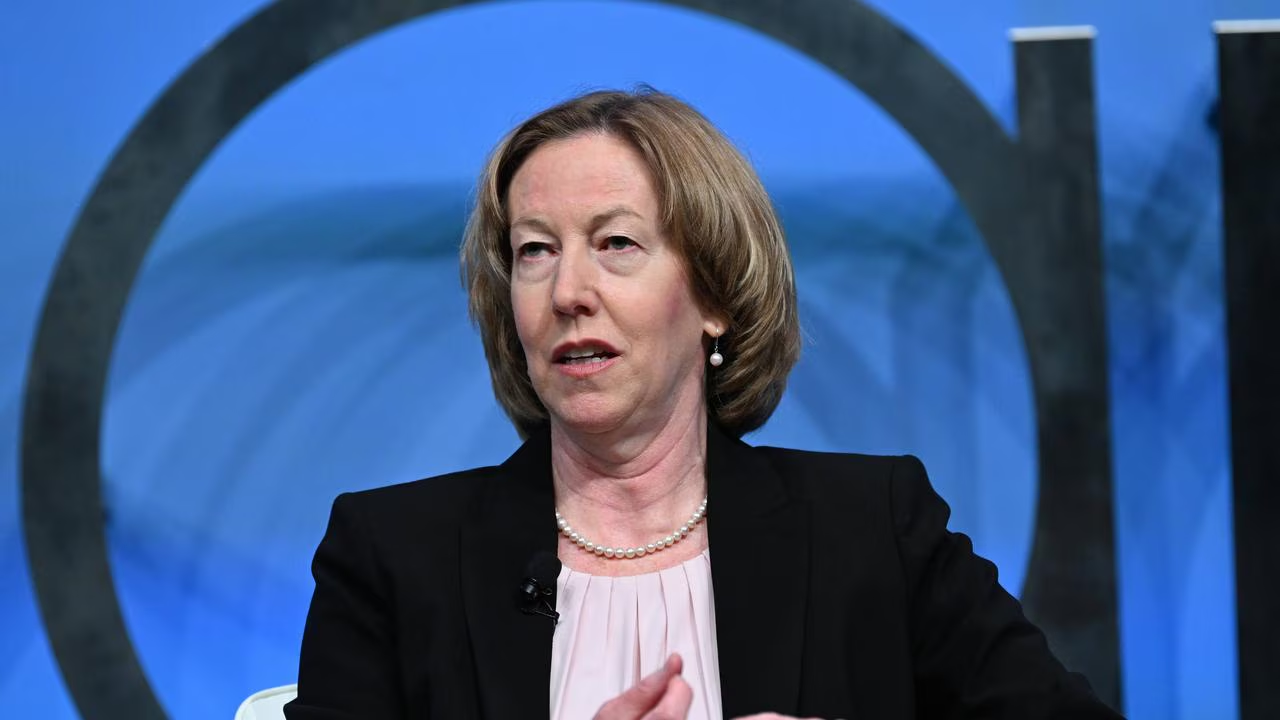Saudi Arabia’s oil firm, Aramco, reported a full-year profit of $106.25 billion in 2024, a 12% decline from the previous year, as announced in a filing on Riyadh’s Tadawul stock exchange on March 4, 2025.
The drop, driven by lower energy prices, saw the company’s revenues slide to $436 billion from $440.88 billion reported in 2023.
The company plans to pay out $85.4 billion in dividends this year, including $21.36 billion for Q4 a decline from previous years.
Aramco’s stock traded at $7.33 per share on Tuesday, down from a yearly high of $8.71, reflecting a market value of $1.74 trillion, still ranking it as the world’s sixth-most valuable company.
With benchmark Brent crude hovering at $73 per barrel, a 10% drop in 2024, the global oil market’s softening has ripple effects, reaching Nigeria’s own oil giant, the Nigerian National Petroleum Company (NNPC).
OPEC+ decided on Monday to ramp up production starting in April, the first oil production increase by the cartel since 2022. This threatens to push oil prices even lower, a move that could further strain oil-dependent economies like Nigeria.
Nigeria’s NNPC Faces Revenue Pressure
For NNPC, Aramco’s profit slip serves as a stark warning. Lower global oil prices directly erode Nigeria’s oil revenue, which accounts for nearly 90% of its export earnings.
In 2024, Nigeria earned N50 trillion from crude oil sales, based on an average price of $80.53 per barrel. With Brent now at $73 and potentially sliding further due to OPEC+’s production hike, NNPC’s revenue could take a significant hit in 2025.
If prices drop to $70 per barrel, and Nigeria fails to attain its goal of 2 million bpd, sustaining its current production of 1.5 million bpd, annual revenue could shrink, due to no production boost.
NNPC’s costs compound the challenge. The Nigerian Upstream Petroleum Regulatory Commission (NUPRC) reports crude production costs at $40 per barrel, far higher than Saudi Arabia’s $10-$15 range.
With oil prices falling, and NNPC’s profit margins narrow, this leaves less room for operational funding or debt servicing.
Nigeria’s 2 Million BPD Ambition
Nigeria aims to lift oil production to 2 million bpd by year-end 2025, up from its OPEC quota of 1.5 million and recent peak of 1.8 million in October 2024, as confirmed by NUPRC and NNPC data.
This push, fueled by crackdowns on oil theft, down by 67% as previously reported by Arbiterz, has already raised output from 1.54 million bpd in September. Yet, this ambition could backfire. Increased supply in a softening market, exacerbated by OPEC+’s 180,000 bpd hike may depress prices further, potentially dropping Brent below $70.
For every $1 decline, Nigeria loses roughly N600 billion annually at 2 million bpd, undermining the revenue gains from higher volumes.
Dangote Refinery’s Price Cuts Reshape Local Dynamics
Lower global oil prices are already reverberating in Nigeria’s domestic market, thanks to the Dangote Refinery. This week, Aliko Dangote slashed Premium Motor Spirit (PMS) prices from N890 to N825 per litre, a move that forced NNPC to follow suit to stay competitive, cutting its own pump prices from N920 to N860 per litre.
Dangote’s 650,000 bpd refinery, which began gasoline production in September 2024, has disrupted Nigeria’s reliance on imported fuel.
Over 5 billion litres of PMS and diesel were imported between October 2024 and January 2025, costing N5.5 trillion. Dangote’s exports, including jet fuel to Saudi Aramco and petrol to Cameroon, underscore its growing clout, pressuring NNPC to adapt.
This price war benefits consumers but squeezes NNPC’s downstream margins. Previously the sole PMS supplier via imports, NNPC ended its exclusive purchase deal with Dangote in October 2024 to foster competition.
Yet, with Dangote meeting local demand and exporting surplus, NNPC’s role and revenue shrink, especially as production costs remain high.
Aramco’s profit dip signals a tougher road for NNPC. Lower oil prices, combined with Nigeria’s production ramp-up, could flood the market, driving prices down and shrinking revenue despite higher volumes.


